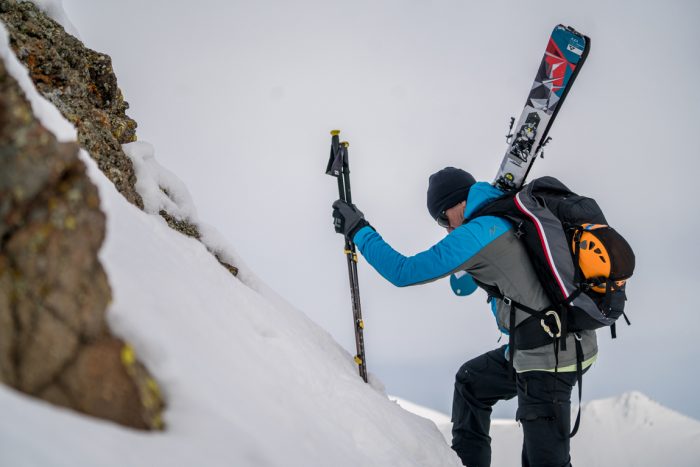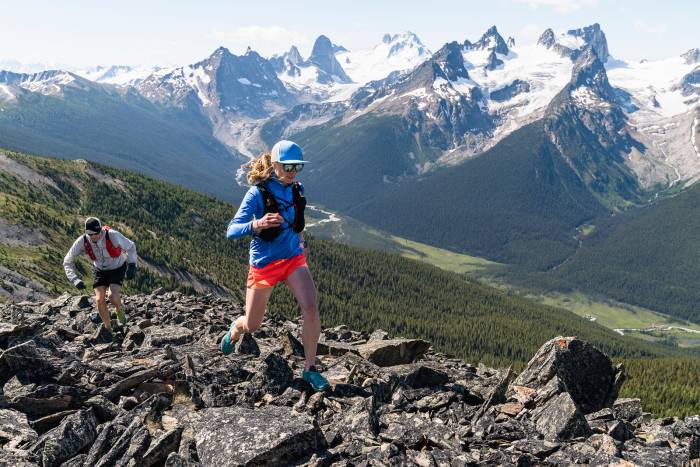Build the perfect alpine kit. That is what renowned mountaineer Peter Whittaker set out to do with his own new brand, MtnLogic.
This June, Whittaker’s new line of MtnLogic technical alpine apparel comes to market. Nearly 20 pieces make up the kit, complete with baselayers, breathable insulators, and weatherproof shells. MtnLogic’s line reflects layering systems worn by most alpine climbers.
Made with Polartec fabrics, the final line went through a rigorous testing process. Raineer Mountainering Inc.‘s (RMI) band of 60 guides tested each piece of gear along more than 100,000 vertical feet of climbing. Through the process, they ascertained which fabrics and product designs worked best.
Whittaker told merchants that performance and functionality were sole concerns, and that price was not considered in the design. Accordingly, the apparel’s price tags stack up with high-end competition.
MtnLogic: Mountaineering Roots
A veteran of the outdoors industry, Whittaker has been climbing mountains and testing gear for over 40 years.
Just look at his bio on the MtnLogic page: He has 249 ascents of Mt. Rainier, completed the Seven Summits, and led more than 4,000 clients on expeditions around the world.
In 2016, Whittaker ended a long career of helping other big brands develop alpine gear. Instead, with MtnLogic, he created his own. The benefit, the brand claims, are no middlemen, retail margins, or corporate logistics to get in the way of one goal: pure function.
Rigorous Alpine Testing
MtnLogic states that every product goes through a minimum 100,000 vertical feet of use (equivalent to climbing Mt. Rainier 11 times). The testers, guides, and athletes, paid specific attention to the fabric.
Mountaineering Gear, Made By Mountaineers


MtnLogic: Who It’s For
Look for MtnLogic online and around the mountain starting in June.













